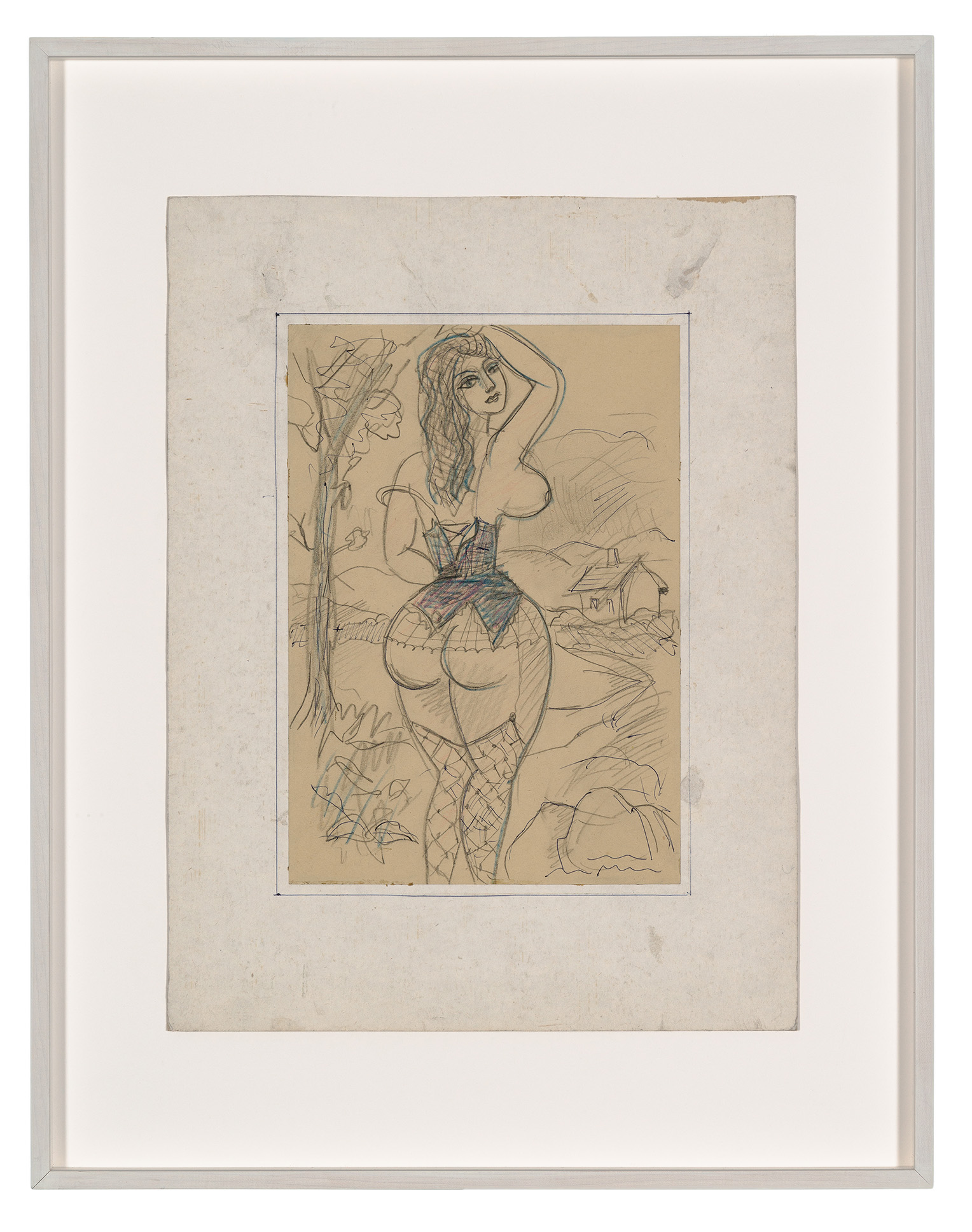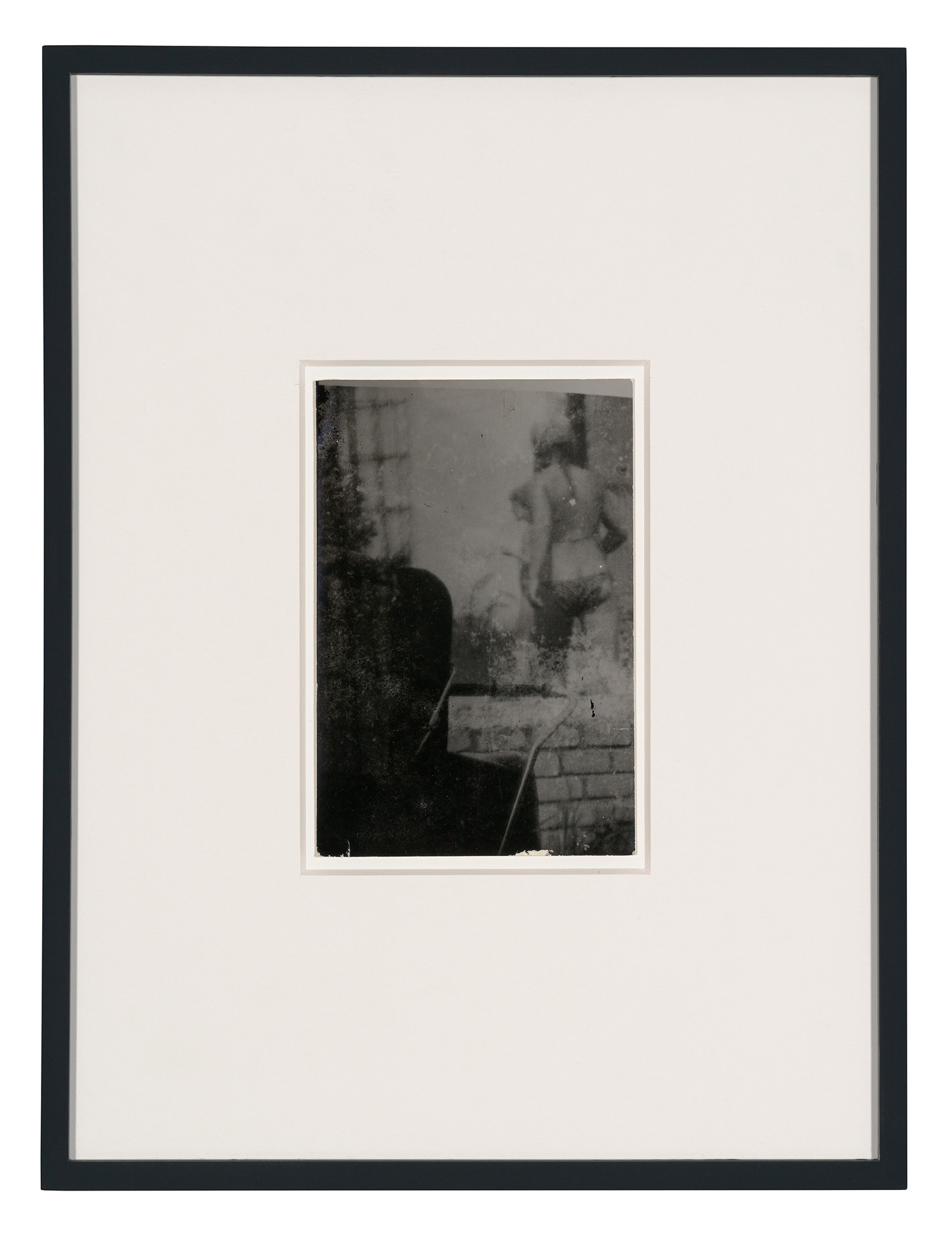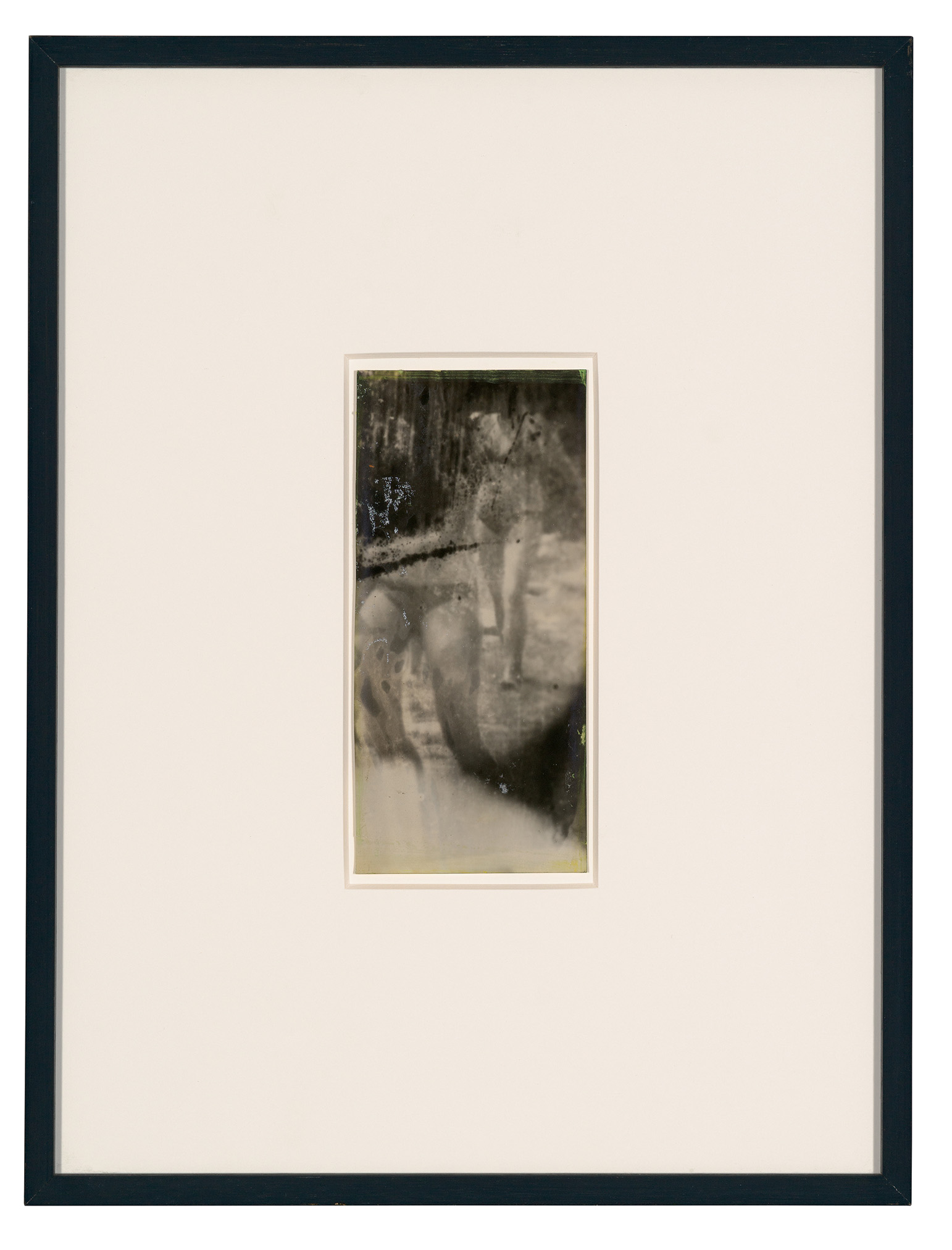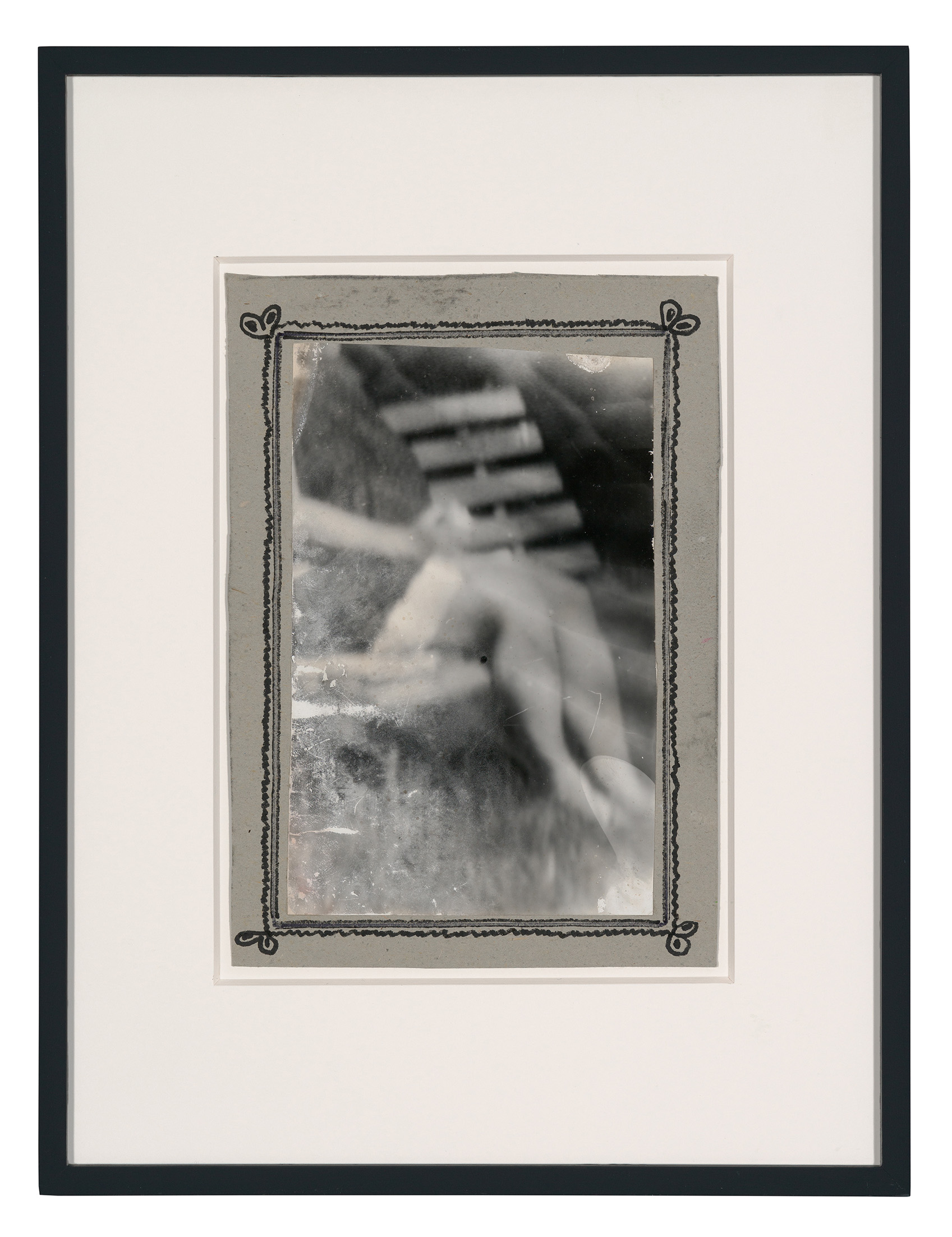Tichý, Miroslav
Czech Republic, 1926 - 2011
Miroslav Tichý’s work, discovered in 1989 by his neighbour, the film director Roman Buxhaum, reveals the distinctive talent of a marginal and somewhat monomaniacal figure who steadfastly refused the social, political and personal values of the Communist period, form its beginning in 1948 to its end in the late 1980s. Tichý took up photography in the mid-1950s, reinventing it as it were from scratch and building his own cameras and enlargers from shoe-boxes, tin cans, recycled glass and other waste materials. His timeless and uncategorizable images, shot instinctively or carelessly on handmade cameras with makeshift optics, offer an extraordinary vision of an eroticised reality, half real, half dream. Women on the TV screen: these are his single, obsessional subject. Tichý’s work was first shown at the Sevilla Biennale in 2004, and later, in 2008, in an individual exhibition at Centre Pompidou, in Paris, that brought together a number of cameras and some hundred photographs, mostly from the Foundation Tichý Ocean.
Source: Centre Pompidou




